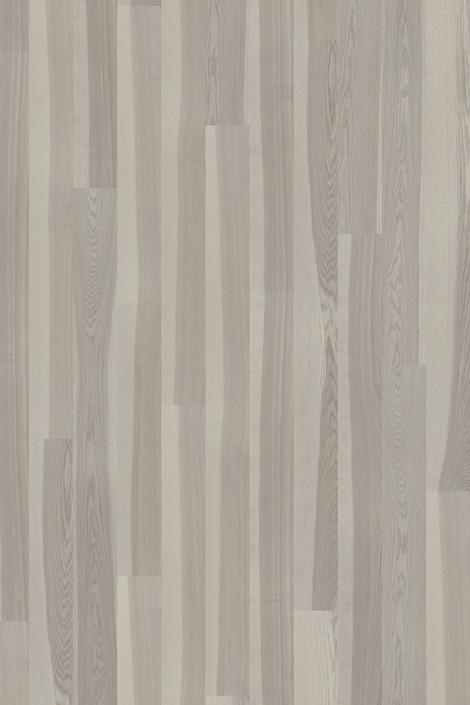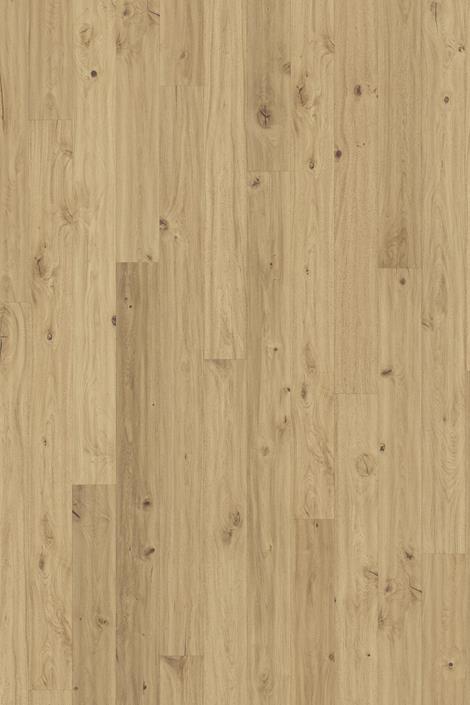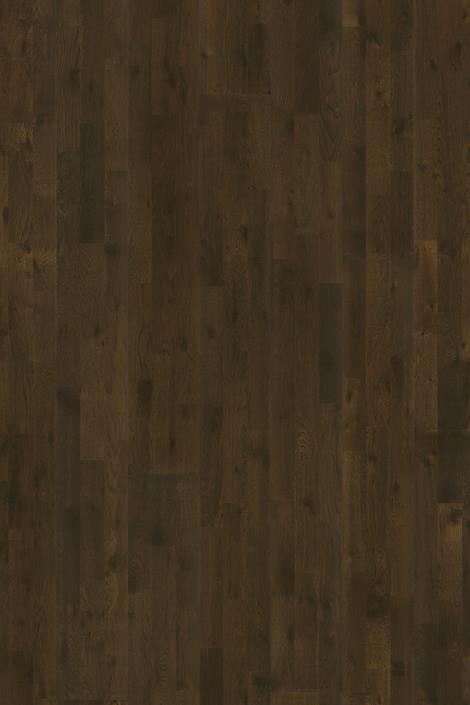Different types of flooring
When building or refurbishing a home there is a lot to keep in mind. Floors are a big part of your everyday, which is why it’s important to put time into finding the right one. Here you’ll find information about wood floors, as well as other types of flooring.
What you should know about types of flooring
The floor is a major part of your home and interior, it affects both the impression and feel of a room. So, if you’re building or refurbishing a house it’s worth spending a little extra time finding the perfect floor. As well as looking good, a floor needs to have certain functions depending on the room. Read on for more information about different types of floors and their functionality.
Wood floor and parquet floor
Floors are available in many woods including oak, ash, birch and walnut. Solid wood floors are durable and have a long-life span because you can sand them many times. Parquet floors are also durable and sandable (depending on the surface layer's thickness). You can lay wood floors in most parts of a house due to their durable characteristics. Wood is also a warmer material compared to many other materials. You should never lay wooden floors in bathrooms because the moisture levels will affect the wood over time.
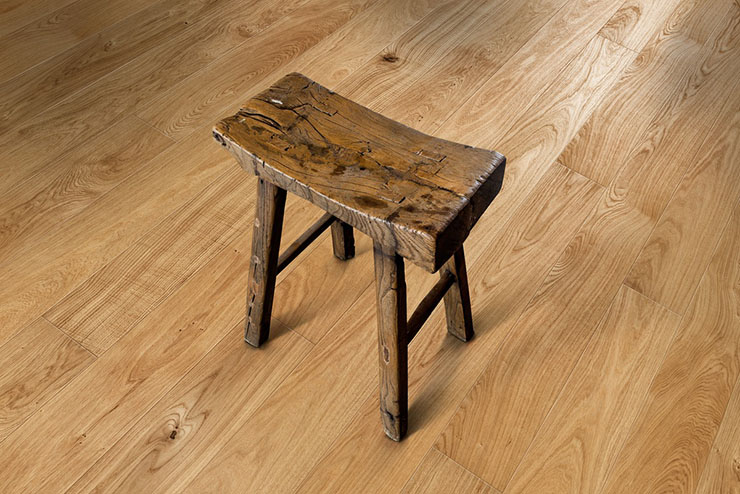
Laminate flooring
Most laminate floors have a bottom layer made of wood fibres and a plastic surface layer. These floors often have mechanical joints like wood floors, which makes them easy to lay. The surface layer is often available in many designs, like imitation wood or stone. Laminate flooring is durable and resistant to water and moisture, but since the surface layer is plastic you can’t freshen it up with sanding.
Vinyl flooring
Like laminate flooring, vinyl floors are available in many variations. They have a similar layered construction, with a durable surface layer, a decor layer, a vinyl core, a layer of glass fibre and a bottom layer. Vinyl is soft to the touch and dampens sound well. This makes them suitable for use in noisy environments, like children's rooms. You can also find them in many kitchens, as they can withstand water and moisture.
Linoleum flooring
Linoleum floors are often made from renewable materials like linseed-oil, resin and sawdust. This type of flooring is durable but doesn’t suit wet or moist environments. Like vinyl, linoleum is soft and has sound absorbing qualities.
Stone and tile flooring
Floors made from stone and tile are very durable. If you choose a stone floor, you could consider installing underfloor heating, which is especially important in colder climates that affect the indoor temperature. Some stone floors can be hard to keep free of stains, depending on the colour. Stone floors suit most parts of a house, like bathrooms, kitchens and hallways.
Textile flooring
Textile floors used to be a common feature in our homes. After a dip in popularity, they are on the rise again and many people choose to put carpeting in parts of their home. These floors are soft to walk on and absorb sound well. A drawback with textile floors is that they are hard to clean and attract dust and mites.
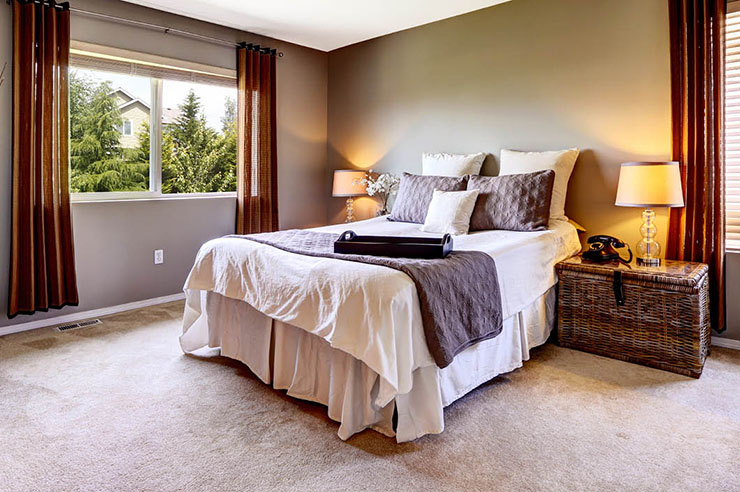
Wood floors from Kährs
Below is a selection of the wood floors in Kährs’ assortment. You can see all our wood floors in our floor guide.



